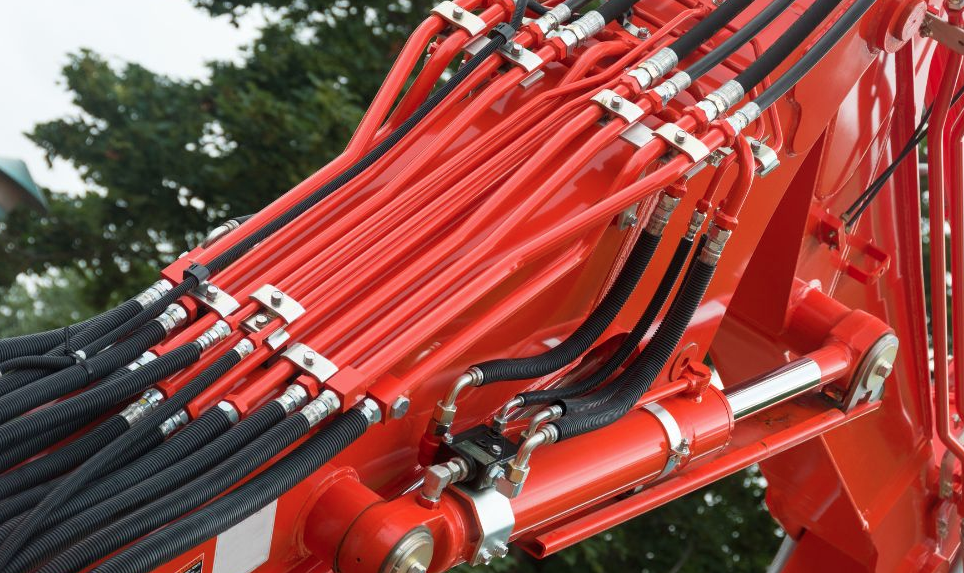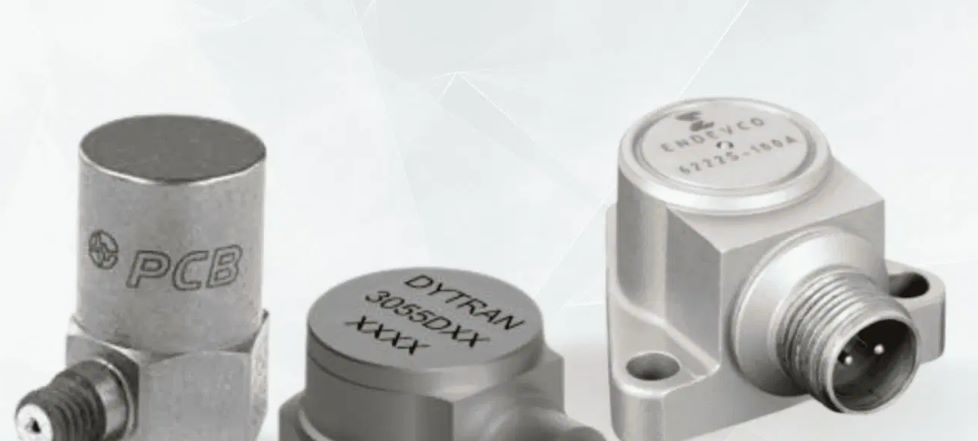
A Quick Guide to Temperature Sensors and Calibration
Temperature is a "derived metrology" that means we cannot measure temperature directly but must measure it indirectly. There are contact thermometers, such as Liquid in Glass (LIG) thermometers, resistance thermometers, and voltage difference from a thermocouple, and non-contact thermometers that measure thermal radiation emitted by all objects.
A challenge in making good measurements is to ensure that the temperature sensor is at the same temperature as the body of interest, ensuring the sensor and object are in thermal equilibrium. The most commonly used temperature sensor in industry is the thermocouple, which relies on the Seebeck effect and is constructed from two dissimilar metals. Resistance thermometers, such as the Platinum Resistance Thermometer (PRT), are widely used in industrial instrumentation due to their narrower ranges and higher cost.
Selecting an appropriate sensor is important for making good measurements, including the correct temperature range, physical construction, and sensing length. For example, a metal block with a temperature gradient can be used to place three different types of temperature sensors: a PRT, a thermocouple, and a dial thermometer.
To be confident in temperature sensors, they can be calibrated by comparing them to another thermometer or at fixed points. In industry, comparison calibration is the most used method, and portable heat sources can cover the range from -100°C to over 1200°C. Portable liquid baths and larger calibration baths provide greater immersion depth and stability, allowing for low uncertainty comparison calibration.
Fixed point physical properties temperature can be measured using the International Temperature Scale of 1990 (ITS-90). The Water Triple Point is used to achieve greater accuracy than the ice point.




